
4 Changes in Your Fingers That Could Be Signs of Lung Can.cer – See a Doctor Immediately!
Lung cancer is often called a "silent killer" because it typically does not show obvious symptoms until it has progressed to a more advanced stage. While coughing, chest pain, and shortness of breath are commonly associated with lung conditions, few people realize that your fingers can also send early warning signals. Subtle changes in the shape, texture, or appearance of your fingers might be your body’s way of alerting you to something more serious.
Here are 4 finger-related changes that could be early signs of lung cancer. If you notice any of these, don’t delay—get a medical check-up right away.
1. Clubbing of Fingers
One of the most telling signs of lung cancer visible in the hands is finger clubbing. This condition causes the fingertips to become enlarged and rounded, while the nails curve downward over the swollen tips. It happens due to a lack of oxygen in the blood, often caused by chronic lung conditions, including lung cancer.
Clubbing usually occurs in stages:
-
First, the base of the nail becomes soft.
-
Then, the nail starts to curve more than normal.
-
Finally, the fingertip becomes visibly swollen.
Clubbing is not exclusive to lung cancer — it can be caused by heart disease or other illnesses — but in smokers or individuals with a history of respiratory issues, it should never be ignored.
2. Thickening or Puffiness Around Nail Beds
Before full-blown clubbing develops, some people notice swelling or puffiness around the base of the fingernails. The area may appear spongy or thickened. This could be due to inflammation or poor oxygen circulation in the blood, another possible early sign of lung dysfunction.
If this change occurs in several fingers and doesn't resolve on its own, it’s worth discussing with a healthcare provider, especially if you're also experiencing fatigue or a lingering cough.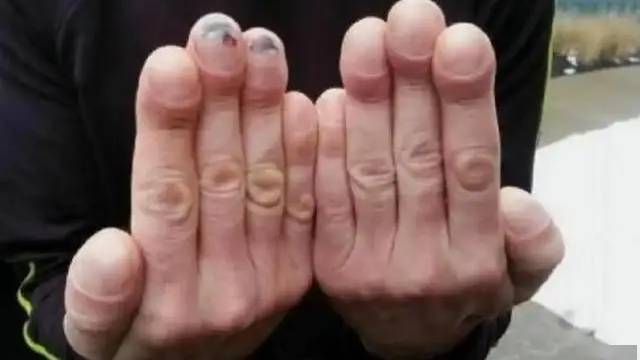
3. Nail Curvature Changes
If your nails start curving more dramatically — either from side to side or downward — this may indicate changes in your body’s oxygen levels. Curved nails, particularly when accompanied by a shiny or slick appearance of the nail beds, can be a symptom of paraneoplastic syndrome, a group of rare disorders triggered by cancer, including lung cancer.
These changes are gradual and painless, which makes them easy to miss or dismiss. Paying attention to such subtle differences, however, can make a major difference in early detection.
4. Discoloration Under the Nails
While not as common, some lung cancer patients report dark lines, spots, or discoloration under their fingernails. This might be caused by internal bleeding or circulation problems stemming from impaired lung function.
It’s important to differentiate between trauma-related nail injuries and spontaneous discoloration. If you don’t recall injuring the area, or if the color change persists or worsens, it’s best to get it examined.
Why Fingers?
Our fingers and nails are highly sensitive to changes in oxygen levels and blood flow, making them one of the first external areas to show signs of serious internal conditions. When the lungs are compromised, oxygenation of the blood decreases, and this can trigger physical changes in peripheral body parts like the fingers.
Conclusion
The body has remarkable ways of sending out distress signals long before pain or major symptoms occur. While many people associate lung cancer with coughing or respiratory issues, changes in your fingers could be one of the first red flags.
Don’t ignore what your body is trying to tell you. If you notice any of these four changes — especially if you're a smoker, former smoker, or have a family history of lung disease — it’s time to see a doctor. Early detection can save lives, and something as small as a change in your fingertips could be the clue that leads to timely treatment.
News in the same category


Leg Pain, Rheumatism, Varicose Veins, Arthritis – Natural Remedy with Cloves & Garlic! 🧄🌿

6 Dementia Symptoms You Might Overlook at First

10 Snoring Solutions Your Partner Will Be Thankful For
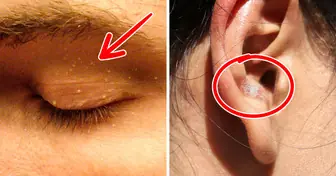
6 Subtle Facial Clues That Can Reveal Serious Health Conditions

Preventing Stroke and Cerebral Infarction: Remember These 3 Health Indicators, 1 Critical Condition, and 6 Things You Should Never Ignore

Cancer Doesn’t Hurt at First, But If You Notice These 8 Signs During Bathroom Visits, See a Doctor Immediately: Don’t Ignore Them

The world’s oldest woman, who lived to 117, ate the same meal every day throughout her life

Gynecologist Refuses to Treat Trans Woman, Sparking Backlash Over Refused Care

A 4-Year-Old Girl Nearly Lost Her Life to Diabetes — Parents in Tears: “I Spoiled Her Too Much!”
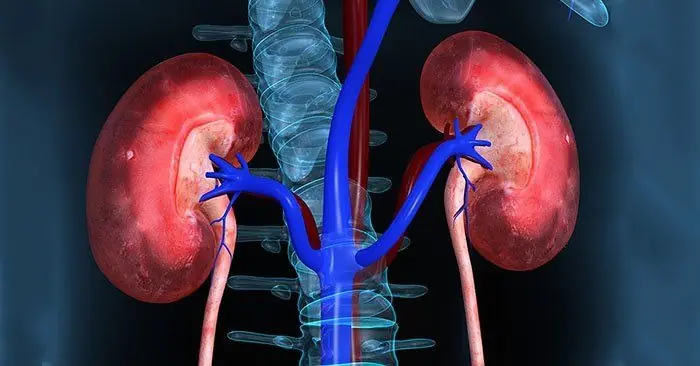
8 Signs of Kidney Failure That, If Ignored, Could Lead to a Lifetime of Dialysis
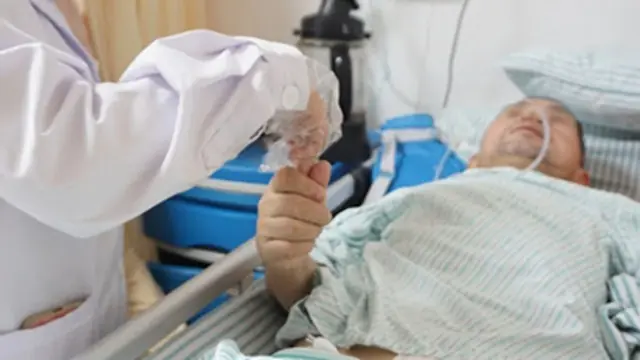
A 52-Year-Old Man Died from Diabetes: Doctor Warns – Remove These 4 Breakfast Foods from Your Table
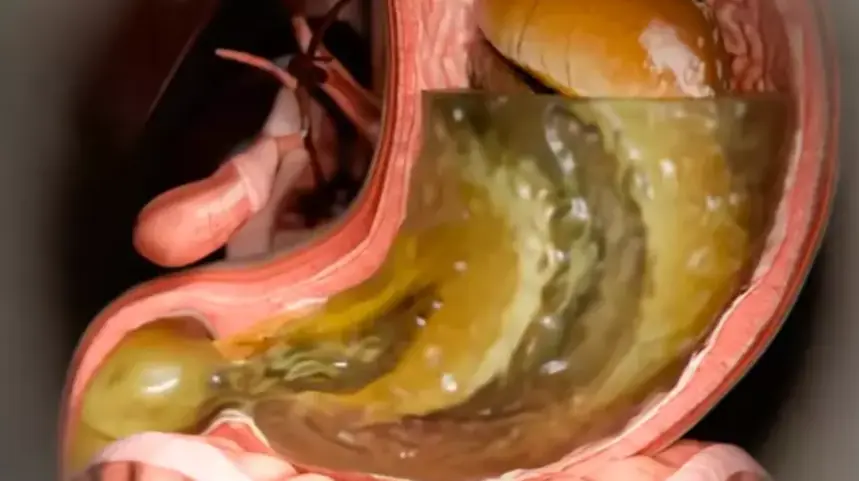
Celebrities Reveal Ozempic Side Effects as Simulations Show Its Impact on the Body
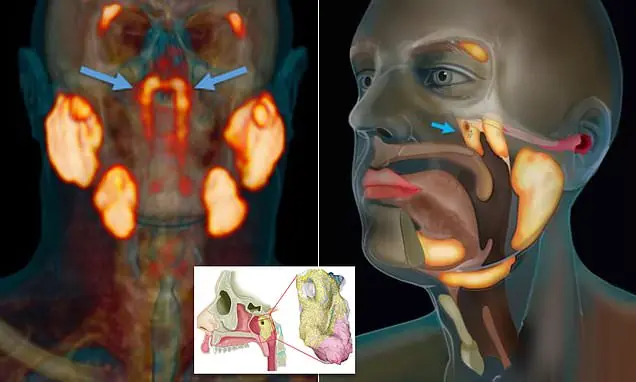
Scientists Accidentally Discover New Human Organ Hidden in the Head

Unlock the Secret Power of Guava Leaves: Transform Your Hair, Skin, and Health Naturally
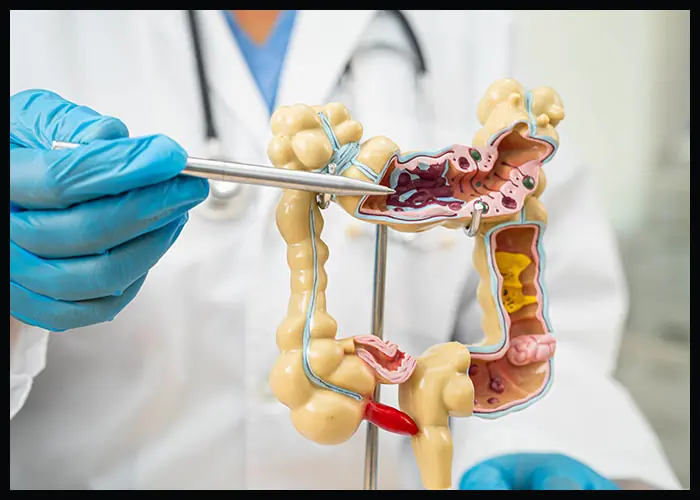
New Study Finds Anal Cancer Rates Rising, Especially Among Older Women
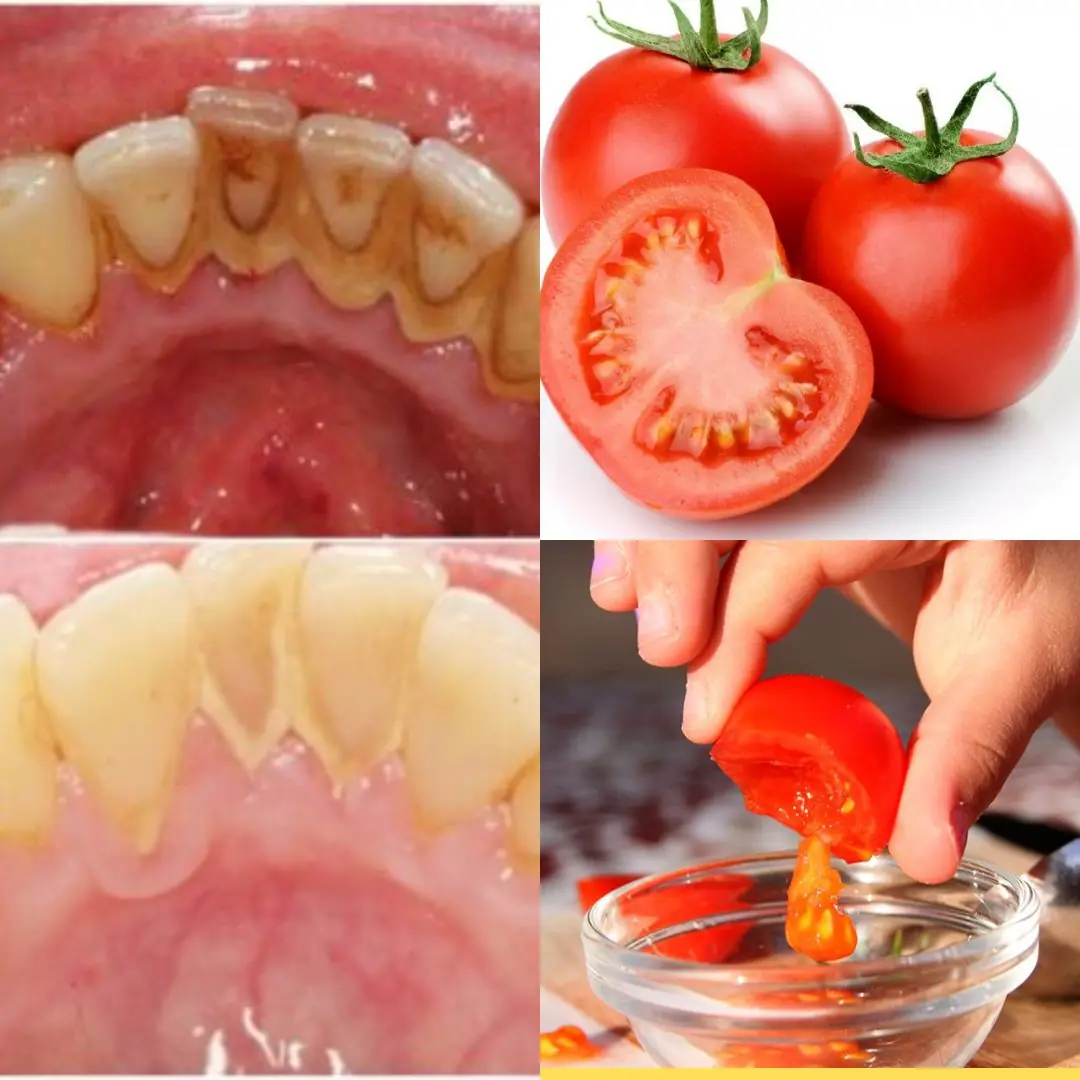
The Strongest Teeth Whitening Recipe at Home in 2 Minutes: Whitening Yellow Teeth from Tartar Naturally with Tomatoes and… 🍅✨
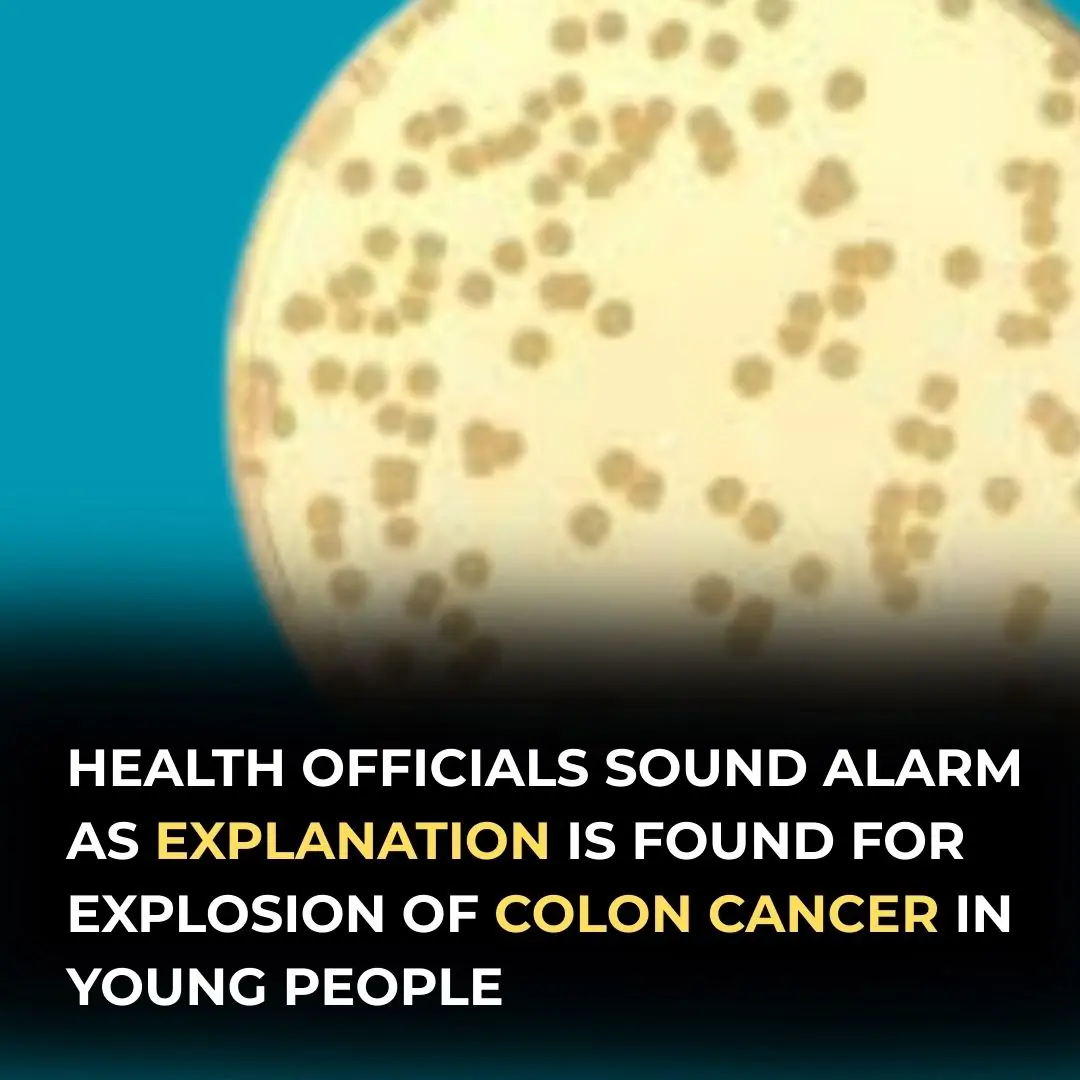
Alarming Rise In Colon Cancer Among Young People May Be Linked To Contaminated Salad, Study Finds

Alarming Health Alert: Experts Say New Virus Is Nationwide — America Must Prepare Immediately
News Post

Ginger Lemon Juice: A Potent Elixir for Health and Wellness

Leg Pain, Rheumatism, Varicose Veins, Arthritis – Natural Remedy with Cloves & Garlic! 🧄🌿

Papal Conclave First Result Is In, Sparking Public Reactions — Details

Administrator of Liam Payne's $32.2 Million Estate Revealed, Causing a Public Stir

6 Dementia Symptoms You Might Overlook at First

Toddler Claims to Remember Being Murdered in a Past Life and Identifies Where He Was Buried

10 Snoring Solutions Your Partner Will Be Thankful For

6 Subtle Facial Clues That Can Reveal Serious Health Conditions

Preventing Stroke and Cerebral Infarction: Remember These 3 Health Indicators, 1 Critical Condition, and 6 Things You Should Never Ignore

Cancer Doesn’t Hurt at First, But If You Notice These 8 Signs During Bathroom Visits, See a Doctor Immediately: Don’t Ignore Them

Details About Donald Trump Not Being Invited Back to the Met Gala Resurface - What Happened

She Was Dubbed 'The Most Beautiful Girl in the World' at 5 – How She Has Changed Will Shock You

I Photographed My Half-Sister's Wedding for Free, but She Said I Didn't Deserve a Seat Because I Was Working and Not a Guest

Ozempic at the Met Gala: 5 Celebs Who Reportedly Show Drastic Weight Loss — Hollywood Doctors Speak Out

I Noticed the Groom Kept Rubbing His Wrist at My Best Friend’s Wedding—So I Stepped in and Exposed a Terrible Secret

Anne Hathaway Faces Plastic Surgery Speculation After 'Tight' Met Gala Look Goes Viral

She Once Lived in a Shed With Her Mom, Not Knowing Her Father & Barely Surviving — Now She's a Top Star

Administrator of Liam Payne's $32.2 Million Estate Revealed, Causing a Public Stir
